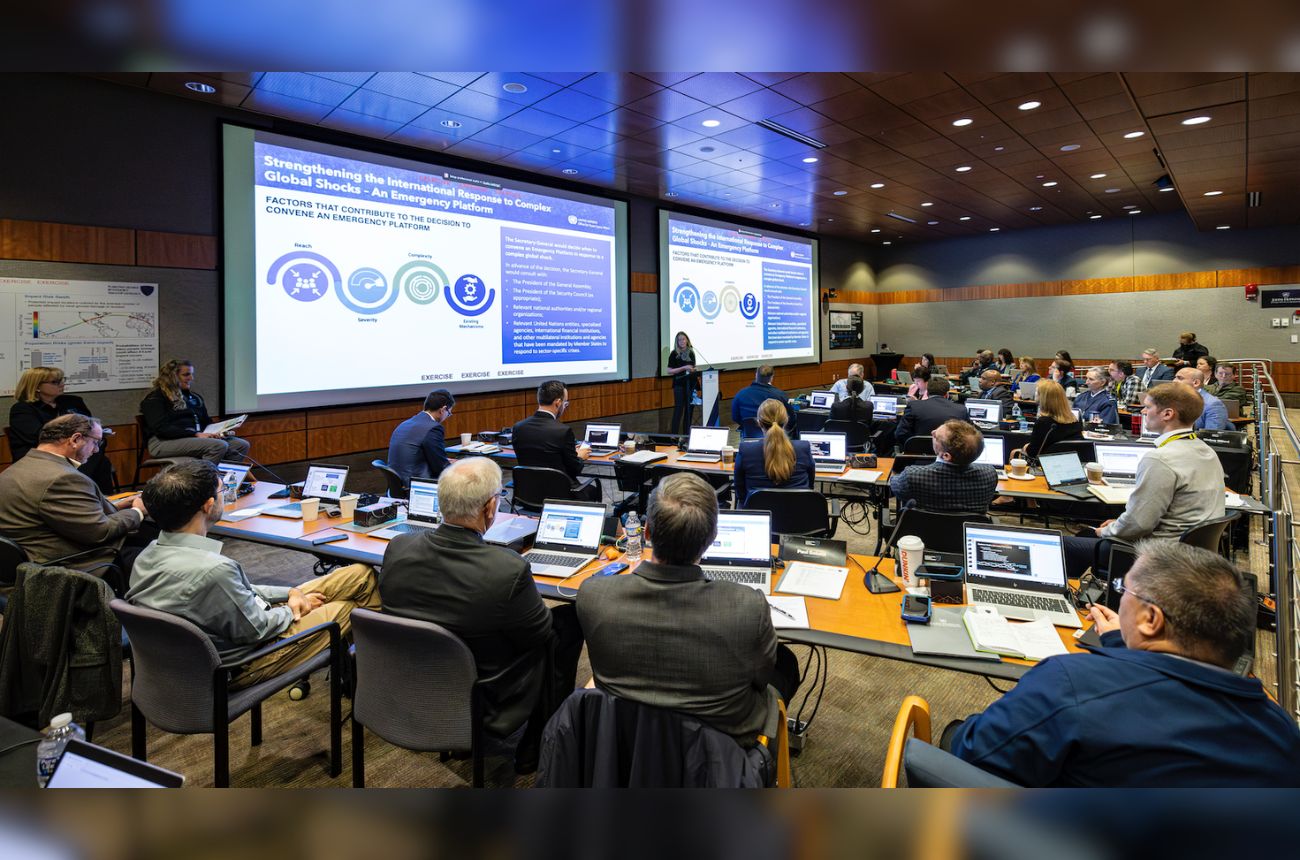On Thursday, June 20th, at 3:30 pm EDT, NASA has a virtual media briefing to discuss a new summary of a recent tabletop exercise simulating global and country responses to hypothetical asteroid threats.
The Johns Hopkins Applied Physics Laboratory has been hosting the Planetary Defense Interagency Tabletop Exercise since 2024. This event takes place yearly over two days – April 2 and 3 – in APL at Laurel, Maryland.
NASA organised the tabletop exercise alongside FEMA and the US Department of State Office of Space Affairs to know and rate our nation’s preparedness against any possible danger that may be brought about by an asteroid or a comet. This activity is in support of NASA’s planetary defence strategy but also forms part of its overall drive towards originality to enhance the quality of human life.
The exercise’s history and purpose, the scenario that arose in the year’s simulation, and its results and suggestions will be reviewed by the participants listed below:
- Lindley Johnson, NASA’s former planetary defence officer, NASA Headquarters, Washington
- The given sentence can be restructured thus; “L.A. (Leviticus Lewis), who works for FEMA, has been assigned to NASA.
- Terik Daly is a supervisor at Johns Hopkins Applied Physics Laboratory, based in Laurel, Maryland.”
For the media to participate in the briefing, they should inform Alise Fisher at alise.m.fisher@nasa.gov two hours before the event. There is a page for NASA’s media accreditation policy.
Even though the foreseeable future does not have any significant asteroid impact dangers discovered, it is efficient to have ideal exercises such as this one which are done approximately after every two years since they play an essential role in giving necessary knowledge on the proper response of the US in case there are high chances of an asteroid striking the earth.
The first participation from NASA’s international partners in planetary defence was in this year’s exercise. Furthermore, it was the first time that it benefited from the actual NASA successful DART (Double Asteroid Redirection Test) mission data: the initial in-space technology demonstration on defending Earth against potential asteroid impacts on a global scale.
